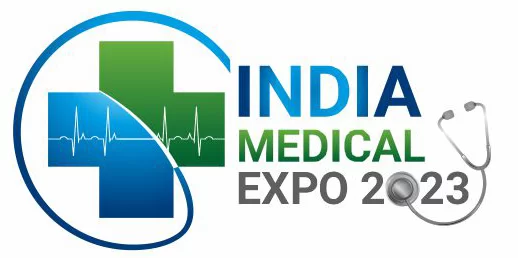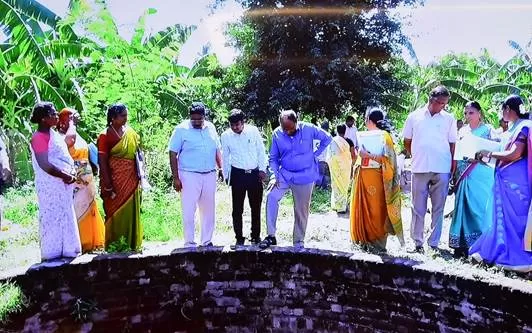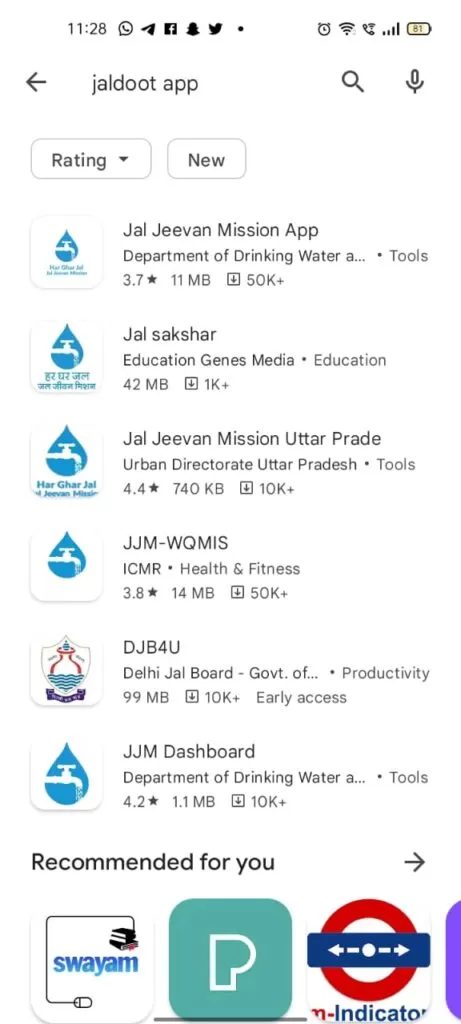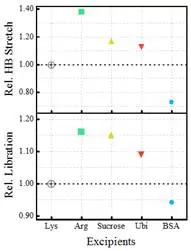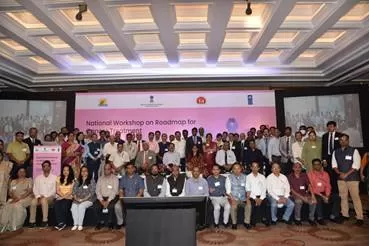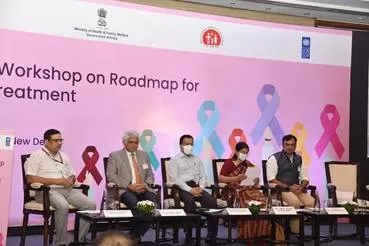Vegetable Chickpea Curry With Coconut Milk
Introduction of Vegetable Chickpea Curry With Coconut Milk
In the world of culinary delights, few dishes are as comforting, nutritious, and flavorful as a well-made curry. Among the many variations that exist, one stands out for its rich taste and versatility – Vegetable Chickpea Curry with Coconut Milk. This delectable curry is not only a vegetarian’s dream but also a dish that can satisfy even the most discerning palates. In this blog post, we will explore the intricate flavors, nutritional benefits, and step-by-step preparation of this delightful dish that has gained popularity worldwide.
The Rich History of Curry
Before we delve into the details of Vegetable Chickpea Curry with Coconut Milk, let’s take a moment to appreciate the rich history of curries. Originating in the Indian subcontinent, curries have a legacy dating back centuries. Their complex blend of spices and regional variations have made them a staple in Indian, Thai, and many other cuisines. Over time, curries have evolved to suit diverse tastes, incorporating a wide array of ingredients, including meats, seafood, and, in our case, vegetables and chickpeas.
A Nutritional Powerhouse
One of the standout features of Vegetable Chickpea Curry with Coconut Milk is its impressive nutritional profile. This curry is brimming with vitamins, minerals, fiber, and plant-based protein, making it an excellent choice for vegetarians and vegans. Here’s a breakdown of the key nutritional components:
Chickpeas:
These legumes are a stellar source of protein, fiber, and essential minerals like iron and folate. They contribute to a feeling of fullness and stabilize blood sugar levels.
Vegetables:
The medley of vegetables in this curry provides a colorful array of vitamins, antioxidants, and dietary fiber. They add both flavor and nutrients to the dish.
Coconut Milk:
Creamy coconut milk not only lends a luscious texture to the curry but also provides healthy fats and a unique, tropical flavor.
Spices:
The spices in this dish, including turmeric, cumin, coriander, and ginger, not only create a tantalizing taste but also offer potential health benefits, such as anti-inflammatory properties.
Preparing the Perfect Vegetable Chickpea Curry
Now that we understand the historical and nutritional aspects, let’s get into the nitty-gritty of making the perfect Vegetable Chickpea Curry with Coconut Milk. Here’s a step-by-step guide:
a. Ingredients:
1 can of chickpeas, drained and rinsed
2 cups of mixed vegetables (e.g., bell peppers, broccoli, carrots)
1 onion, finely chopped
3 cloves of garlic, minced
1-inch piece of fresh ginger, grated
1 can of coconut milk
2 tablespoons of vegetable oil
2 teaspoons of curry powder
1 teaspoon of turmeric powder
1 teaspoon of ground cumin
1 teaspoon of ground coriander
Salt and pepper to taste
Fresh cilantro leaves for garnish
b. Preparation:
In a big skillet or visage, toast the vegetable oil painting over medium heat. Add the minced garlic, grated ginger, and the diced onion. Onions should be sautéed until they are aromatic and transparent.
Add the curry powder, turmeric, cumin, and coriander. Stir well to toast the spices for about a minute, releasing their flavors.
Add the mixed vegetables to the pan and stir-fry for 3-5 minutes until they start to soften.
Add the coconut milk, then gently boil the mixture.
Add the drained chickpeas and continue to simmer for 10-15 minutes, allowing the flavors to meld together and the vegetables to become tender. To taste, add swab and pepper to the food.
Serving:
Serve the Vegetable Chickpea Curry with Coconut Milk over a bed of steamed rice or with warm naan bread for a hearty, satisfying meal.
For a blast of freshness and colour, garnish with fresh cilantro leaves.
Conclusion
In the realm of vegetarian cuisine, the Vegetable Chickpea Curry with Coconut Milk reigns supreme as a dish that beautifully marries flavor, nutrition, and versatility. Its rich history, loaded with spices and healthful ingredients, makes it a beloved choice for those seeking both taste and nourishment. Whether you’re a seasoned home cook or a novice in the kitchen, this curry is a delightful addition to your repertoire. With each spoonful, you’ll savor the harmonious blend of spices, the creaminess of coconut milk, and the goodness of chickpeas and vegetables. So, roll up your sleeves, embrace your inner chef, and savor the delights of this heartwarming and flavorful curry.
If you want how to make kurkuri bhindi and paneer recipes. Click here.
Read more-atespost





